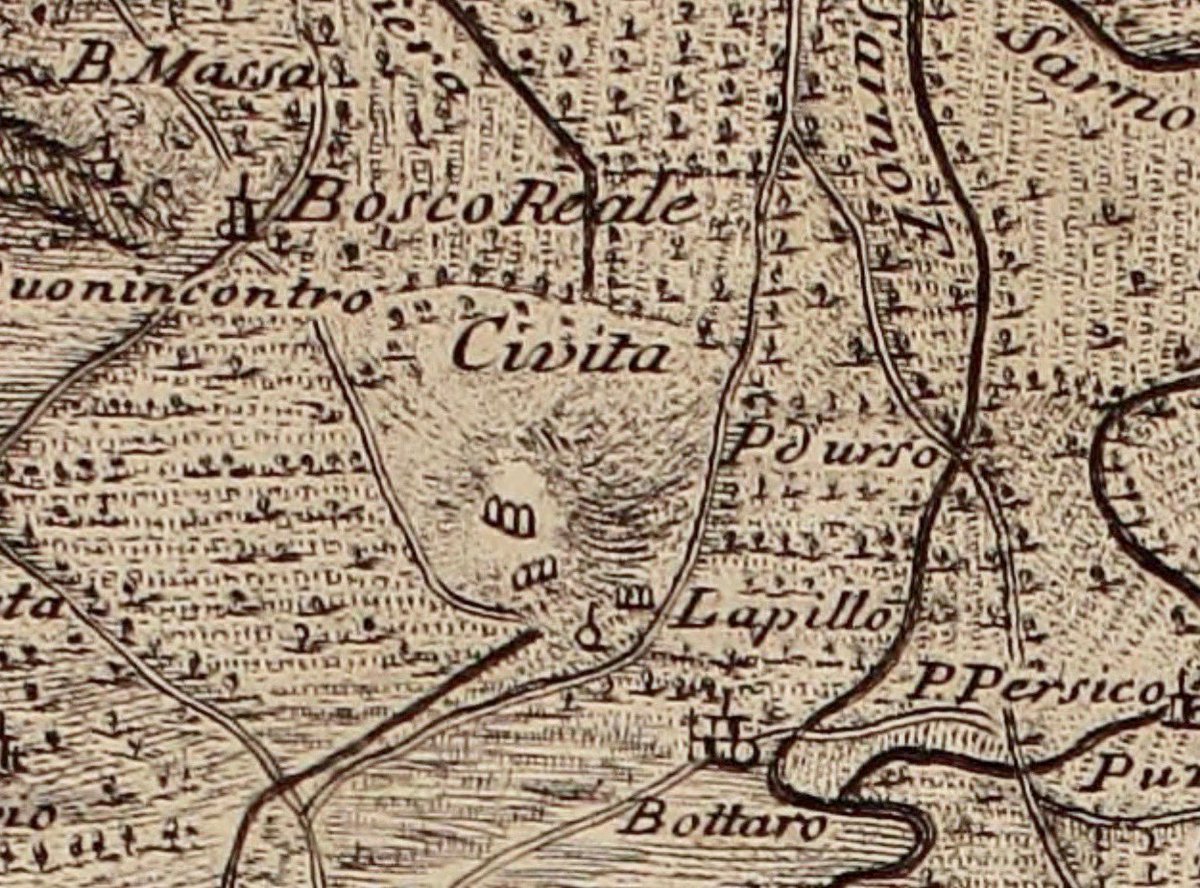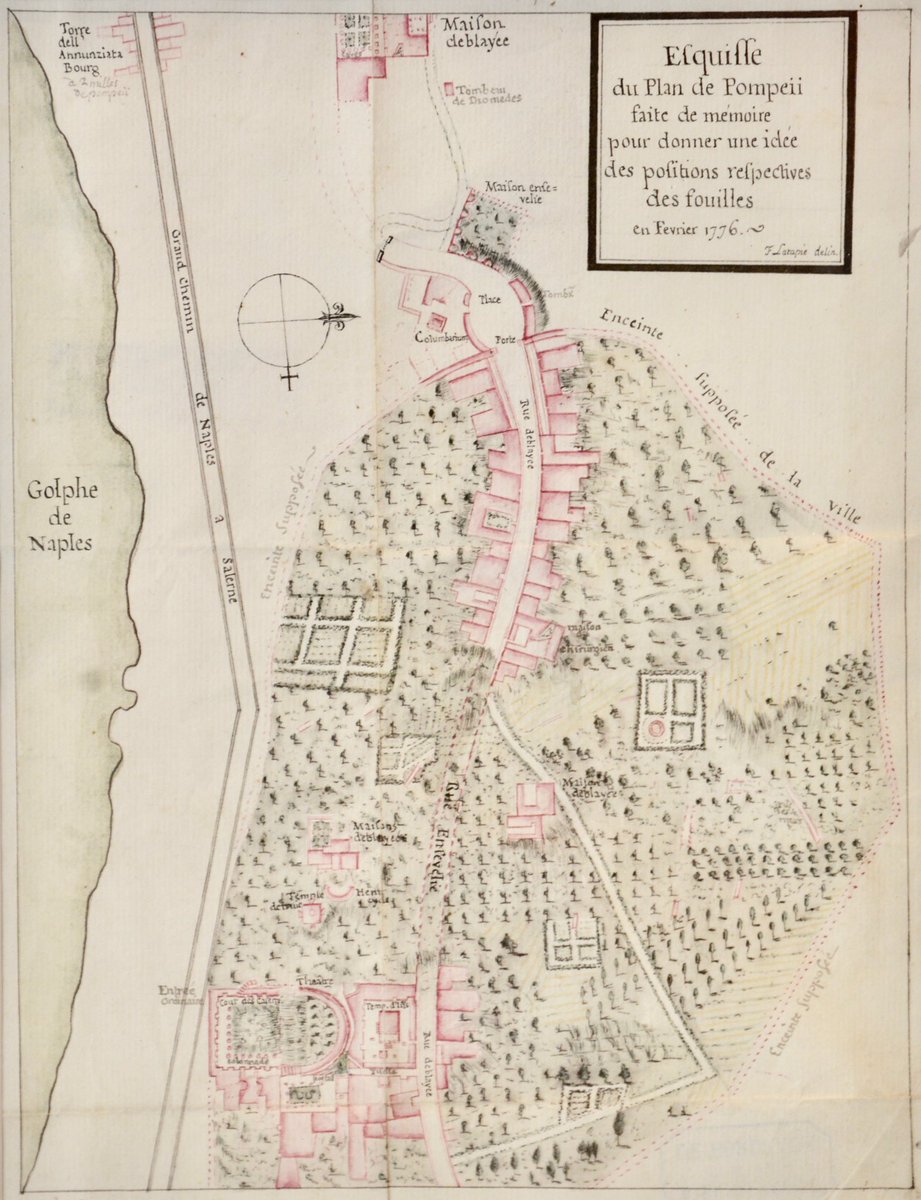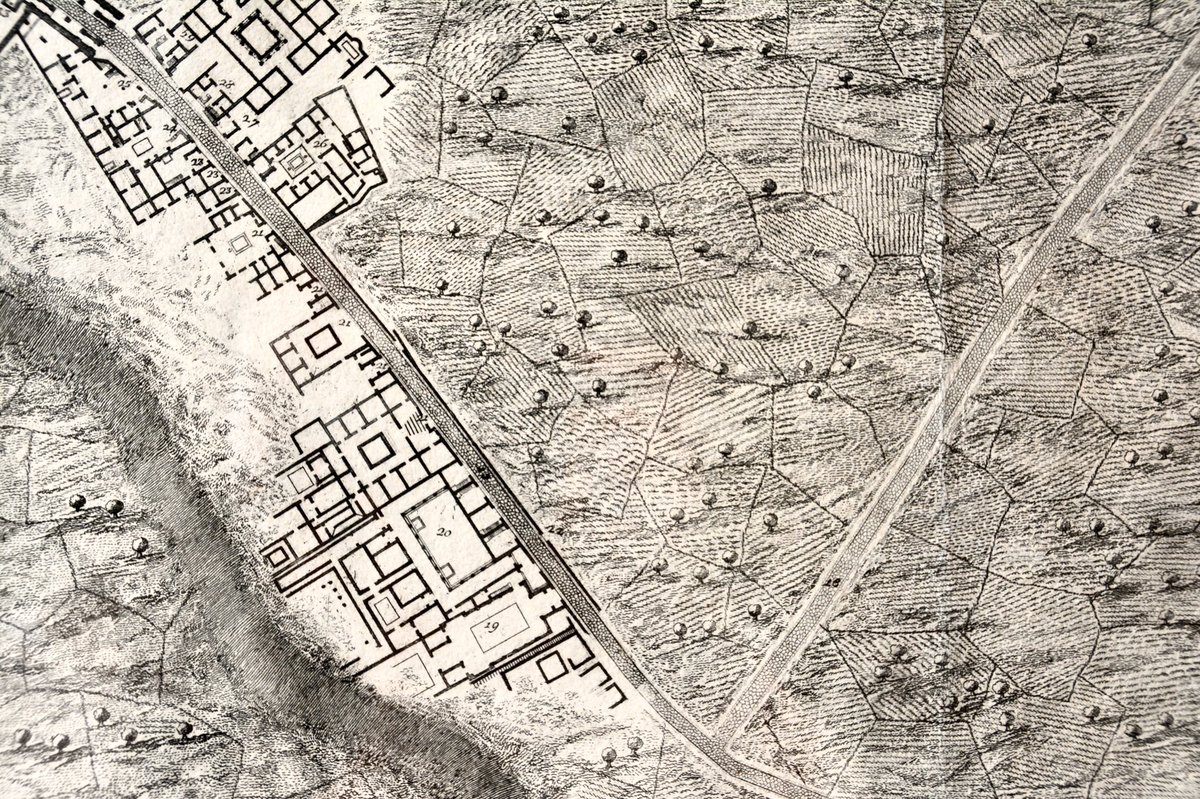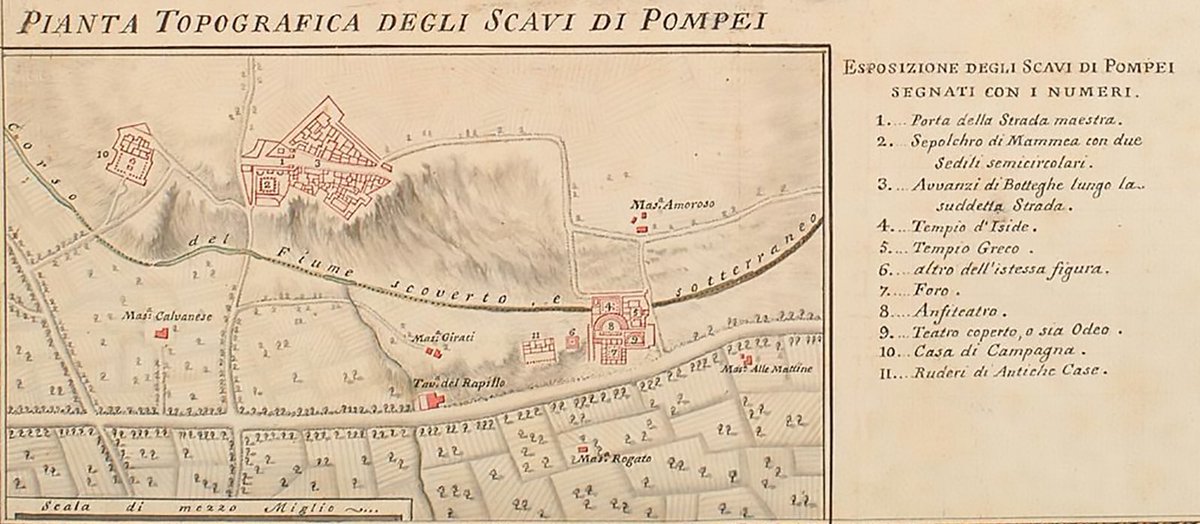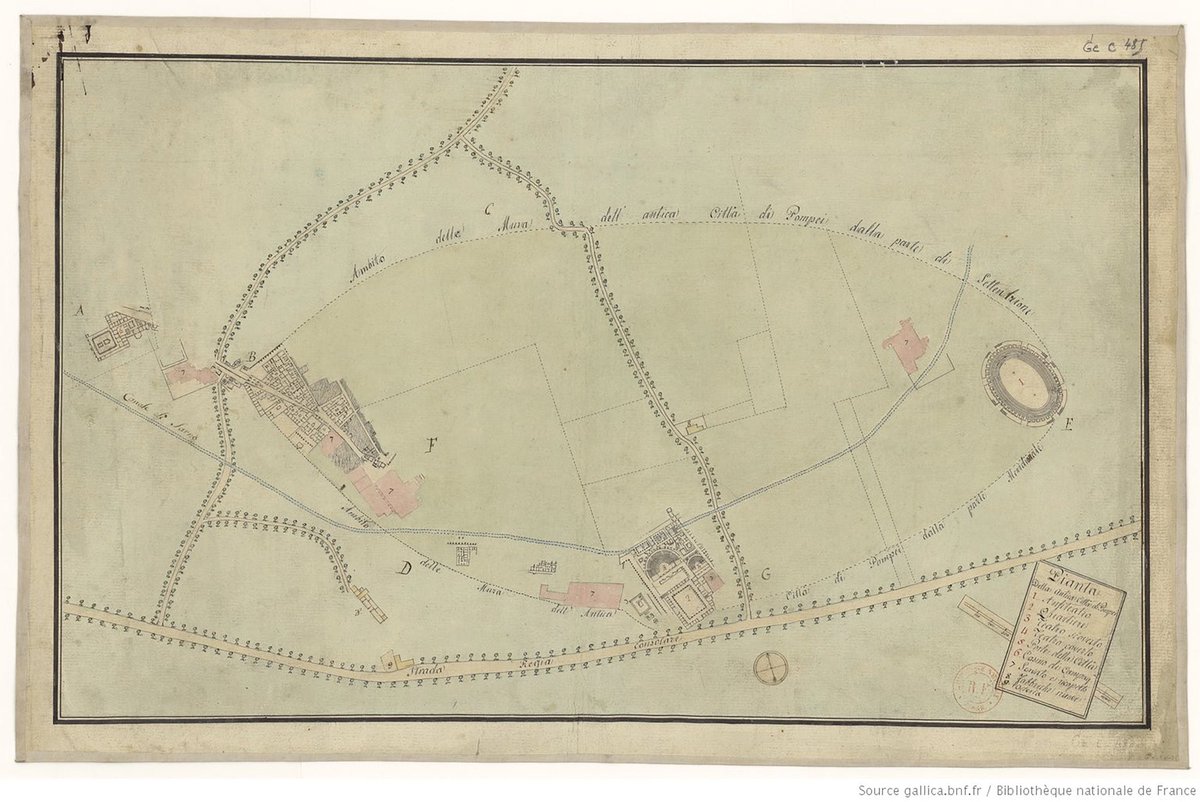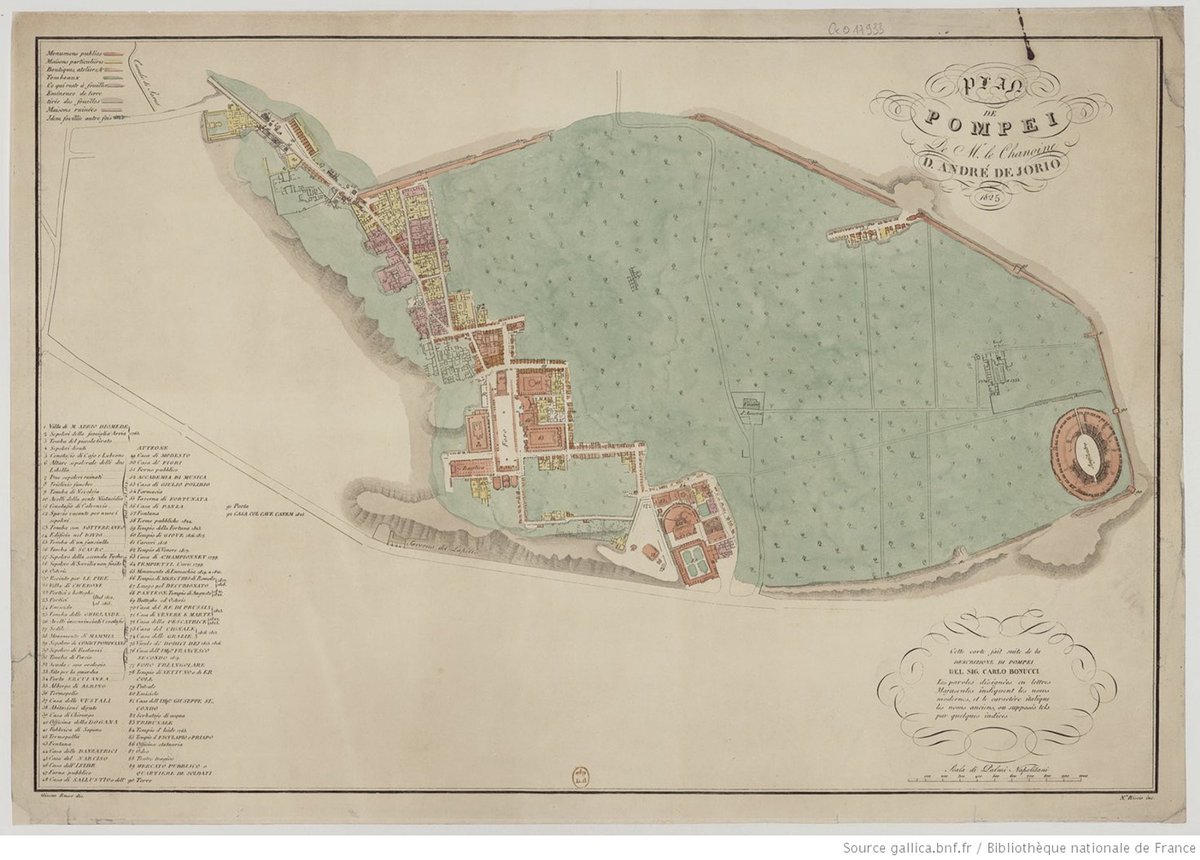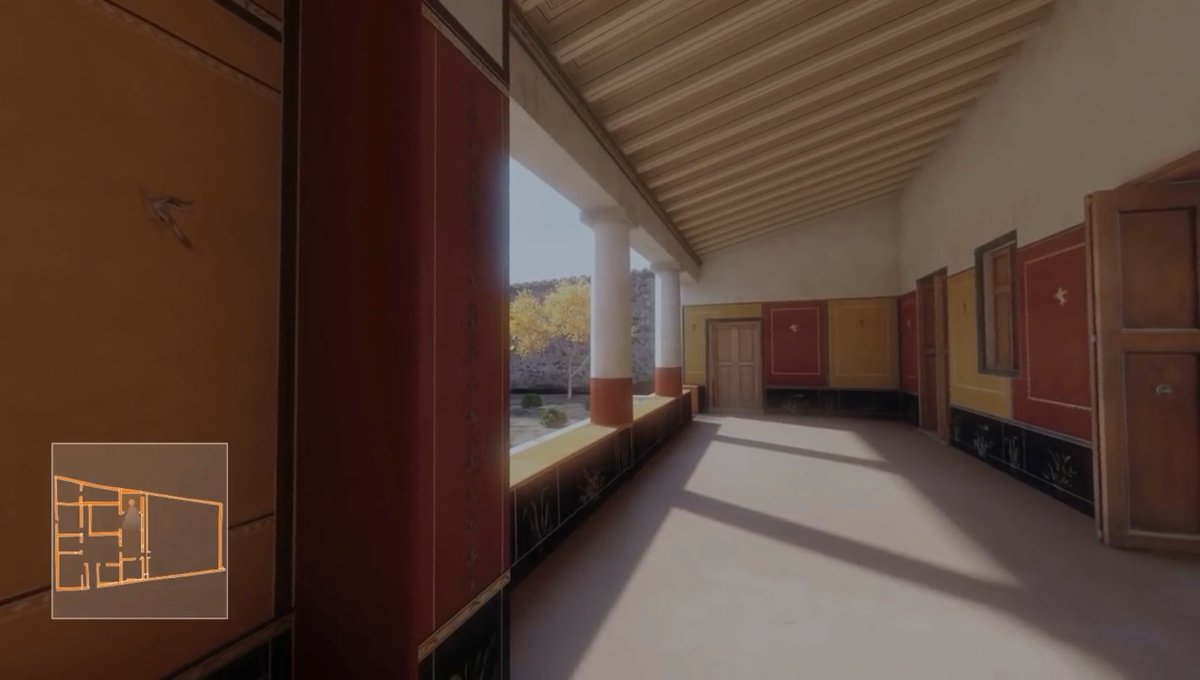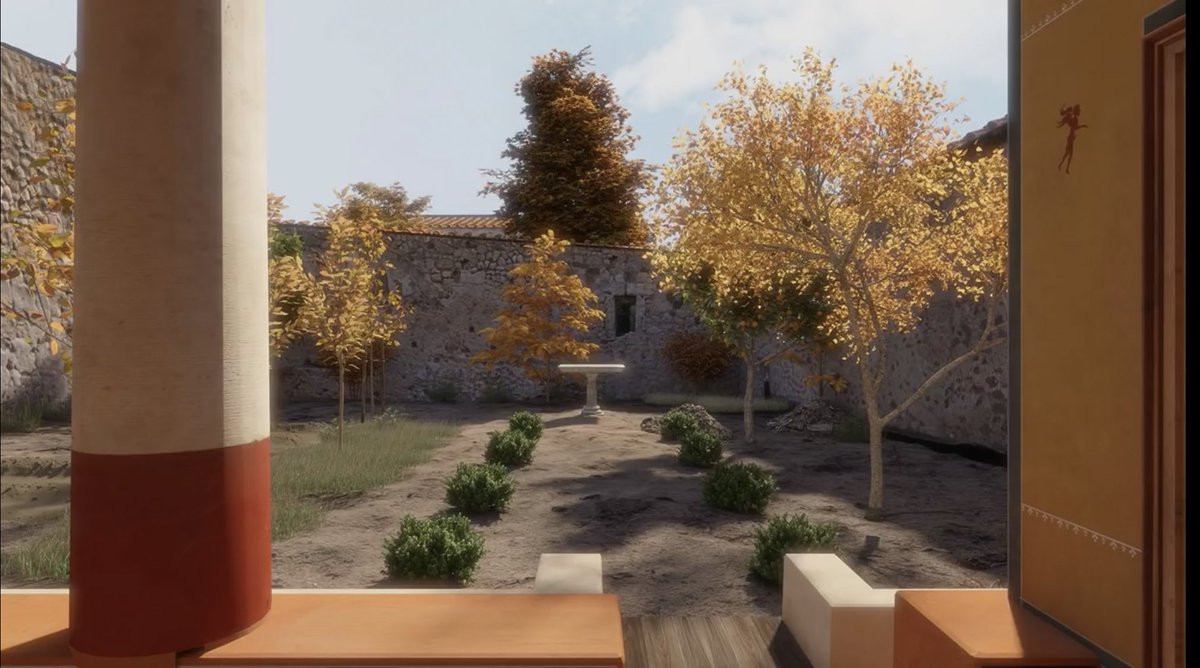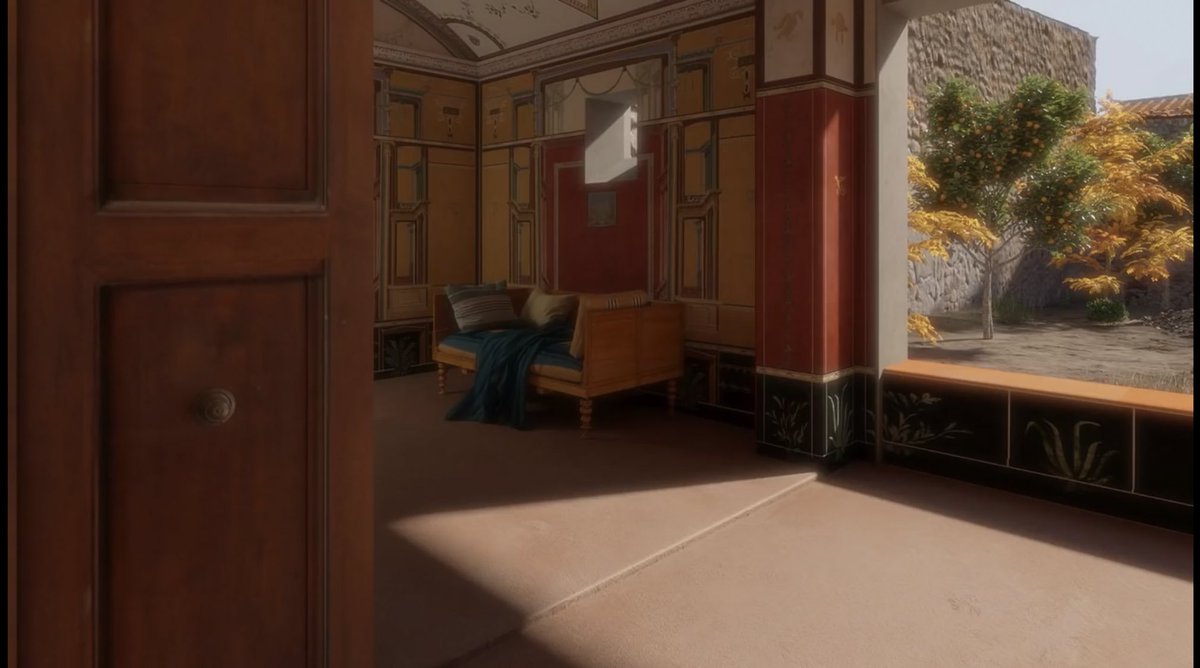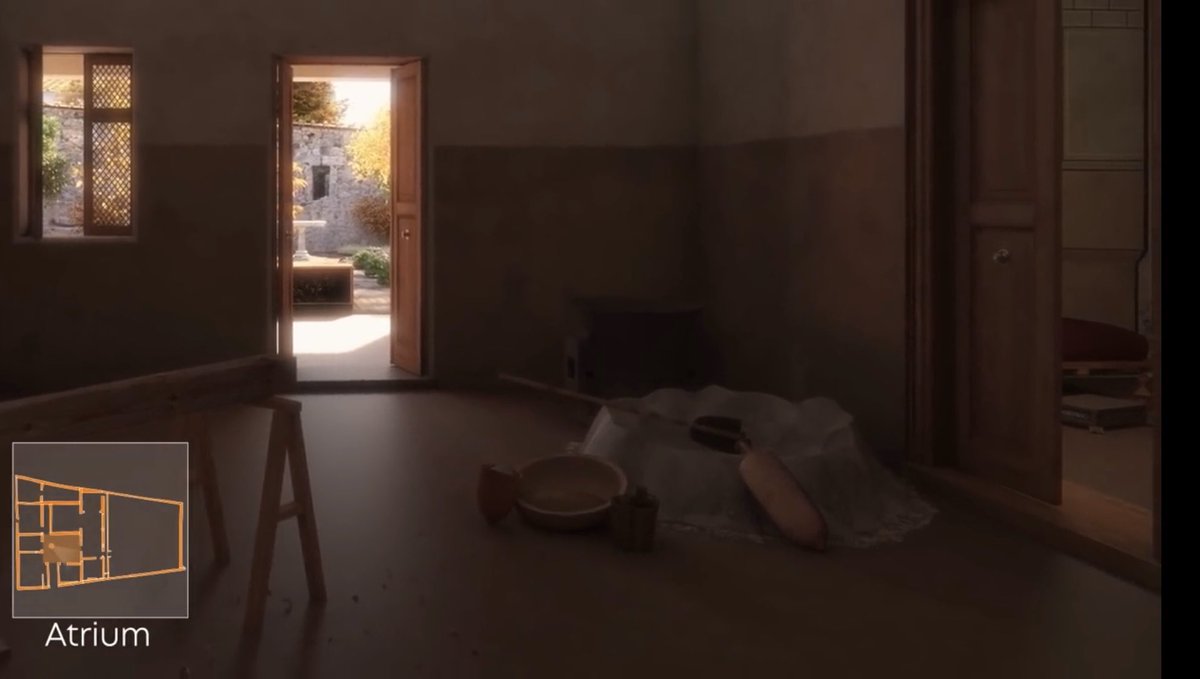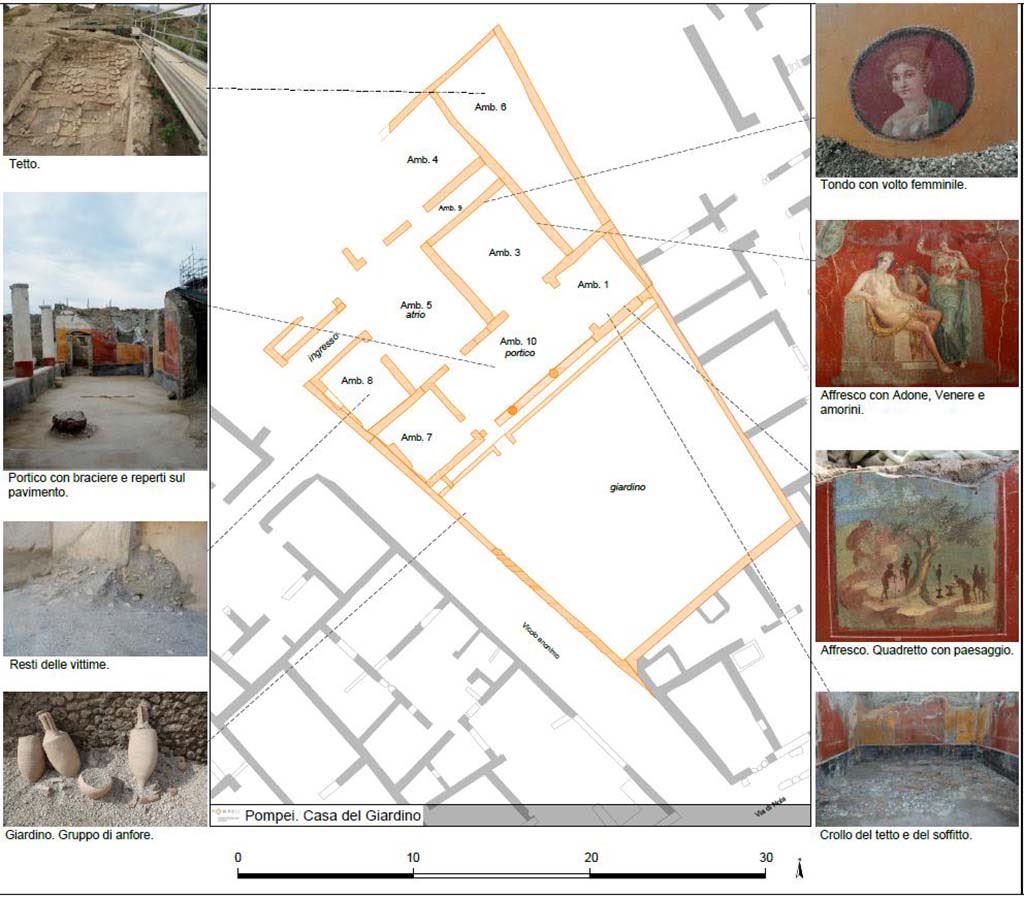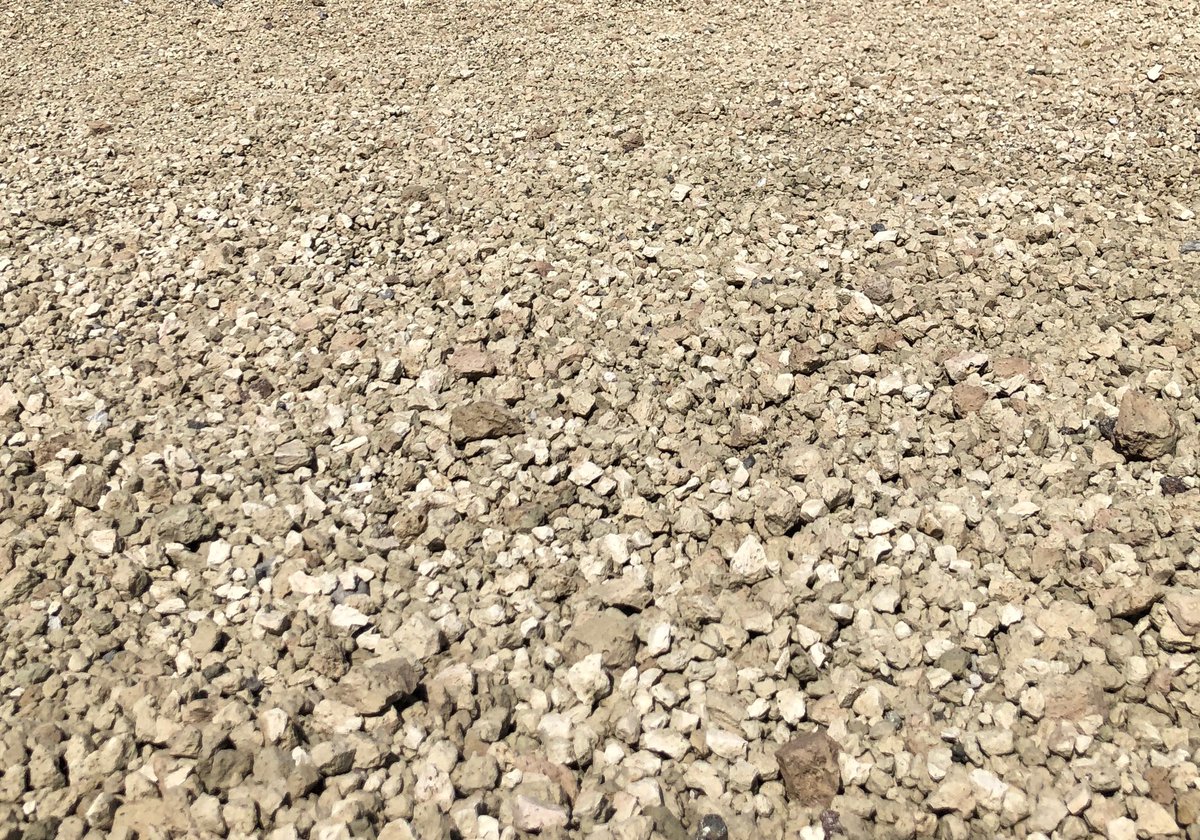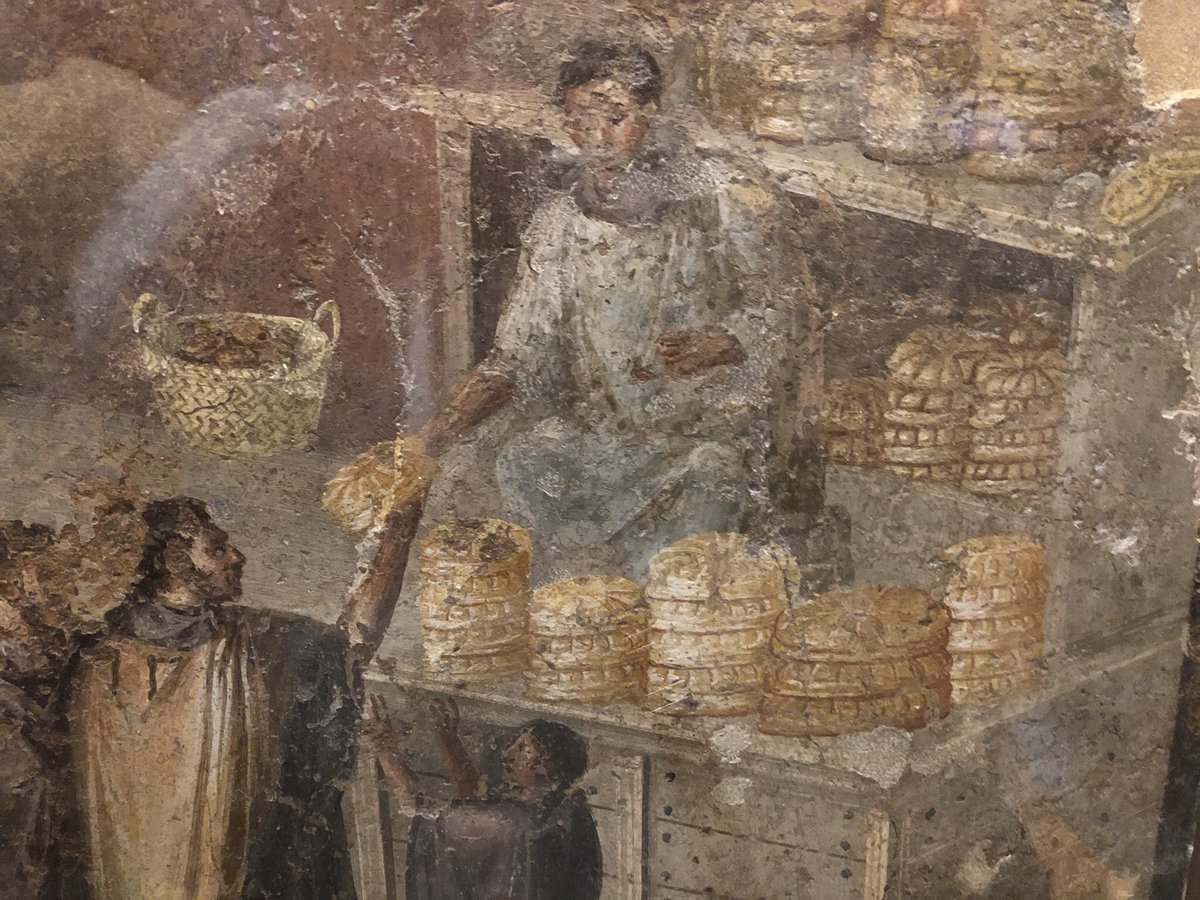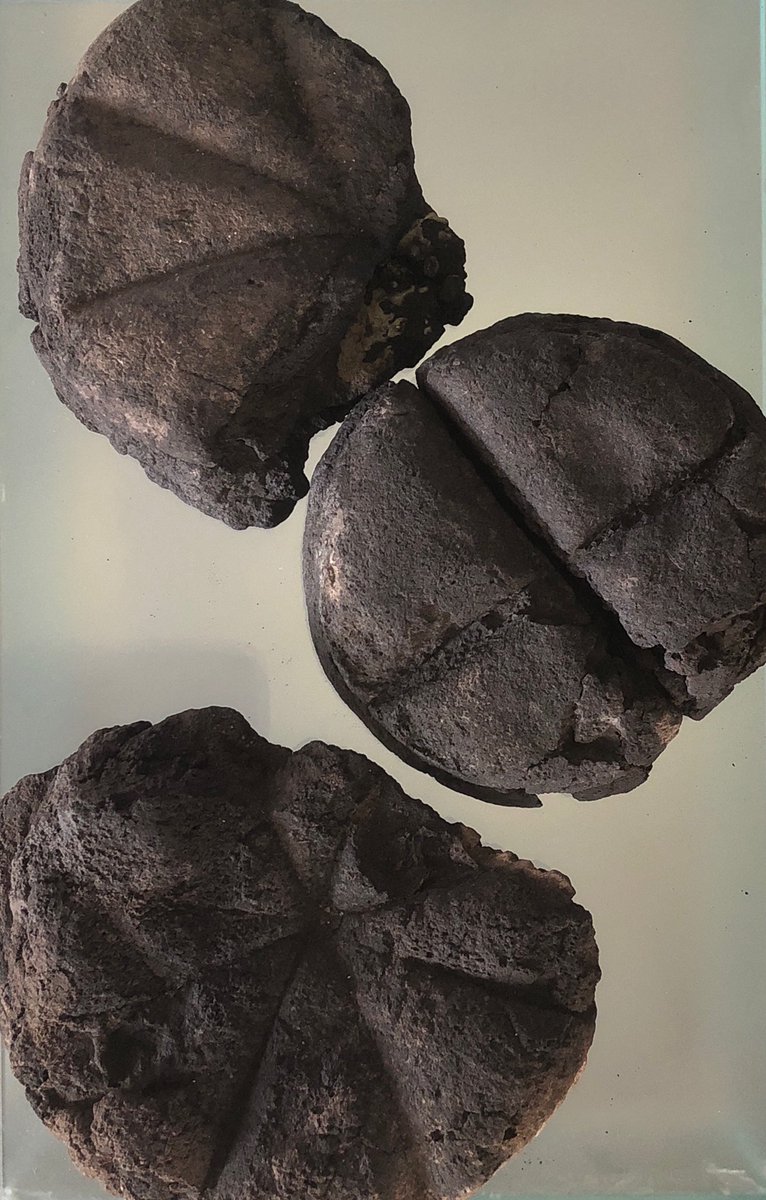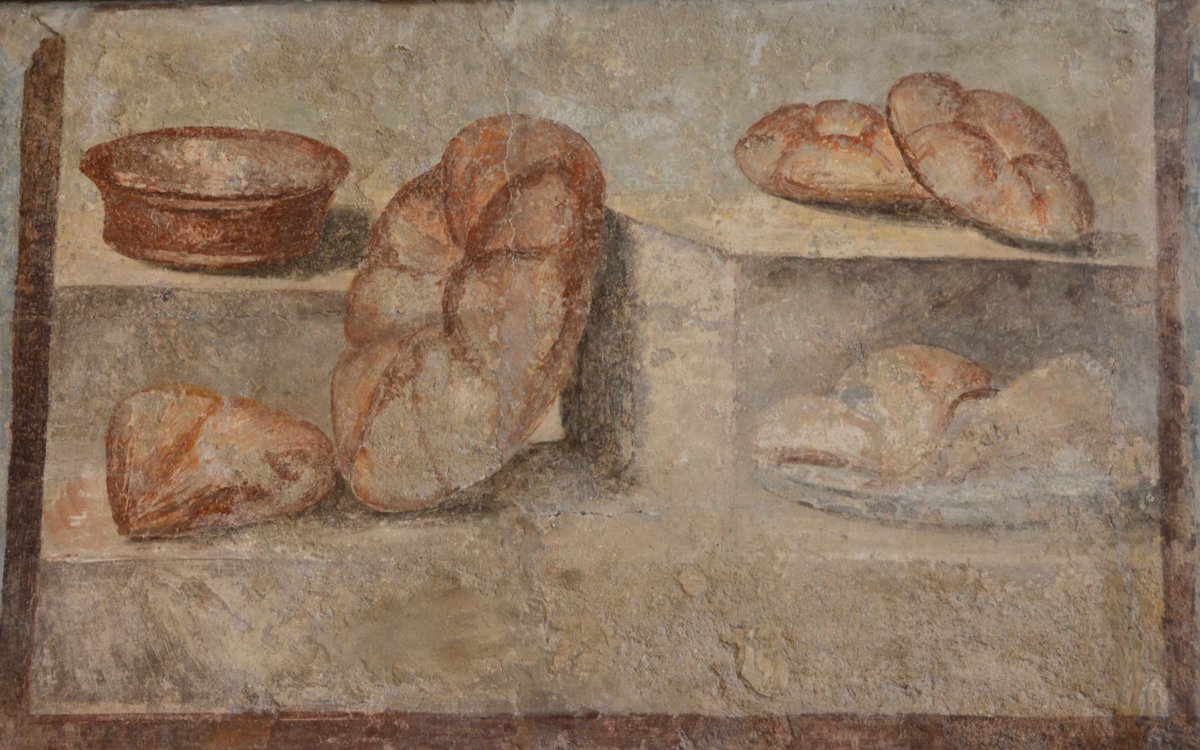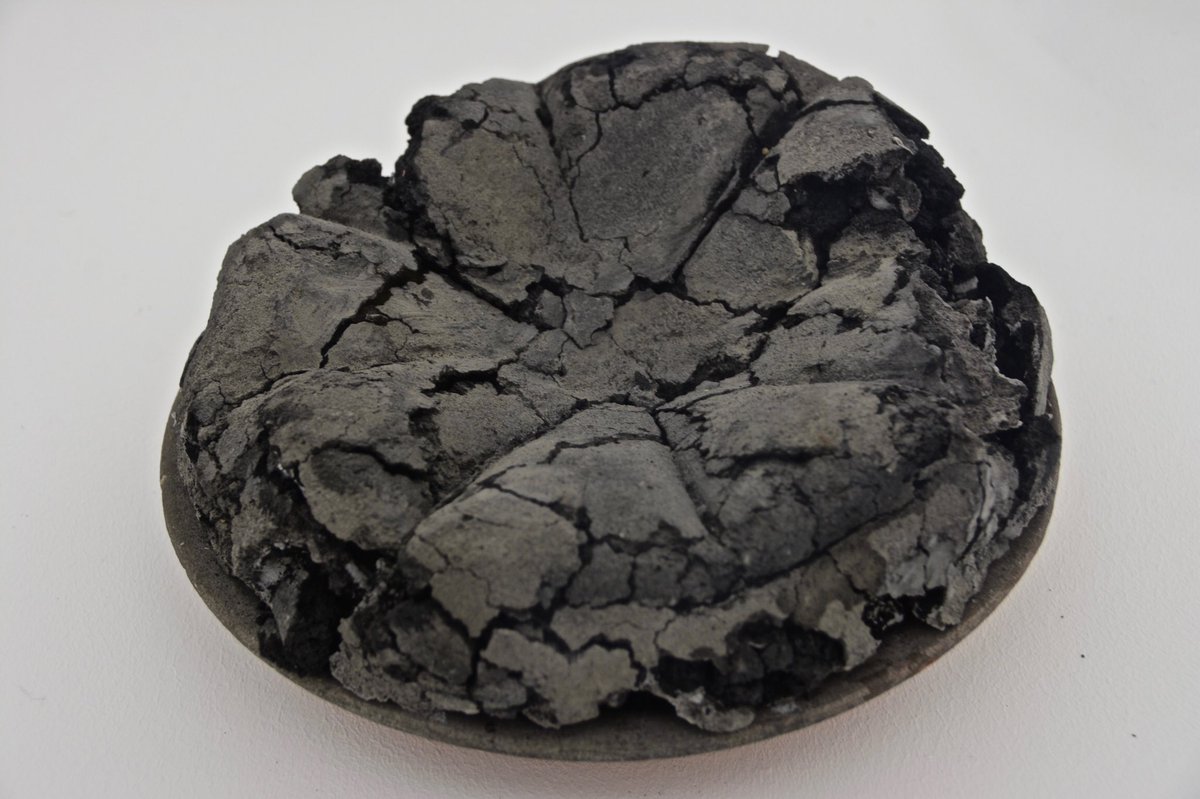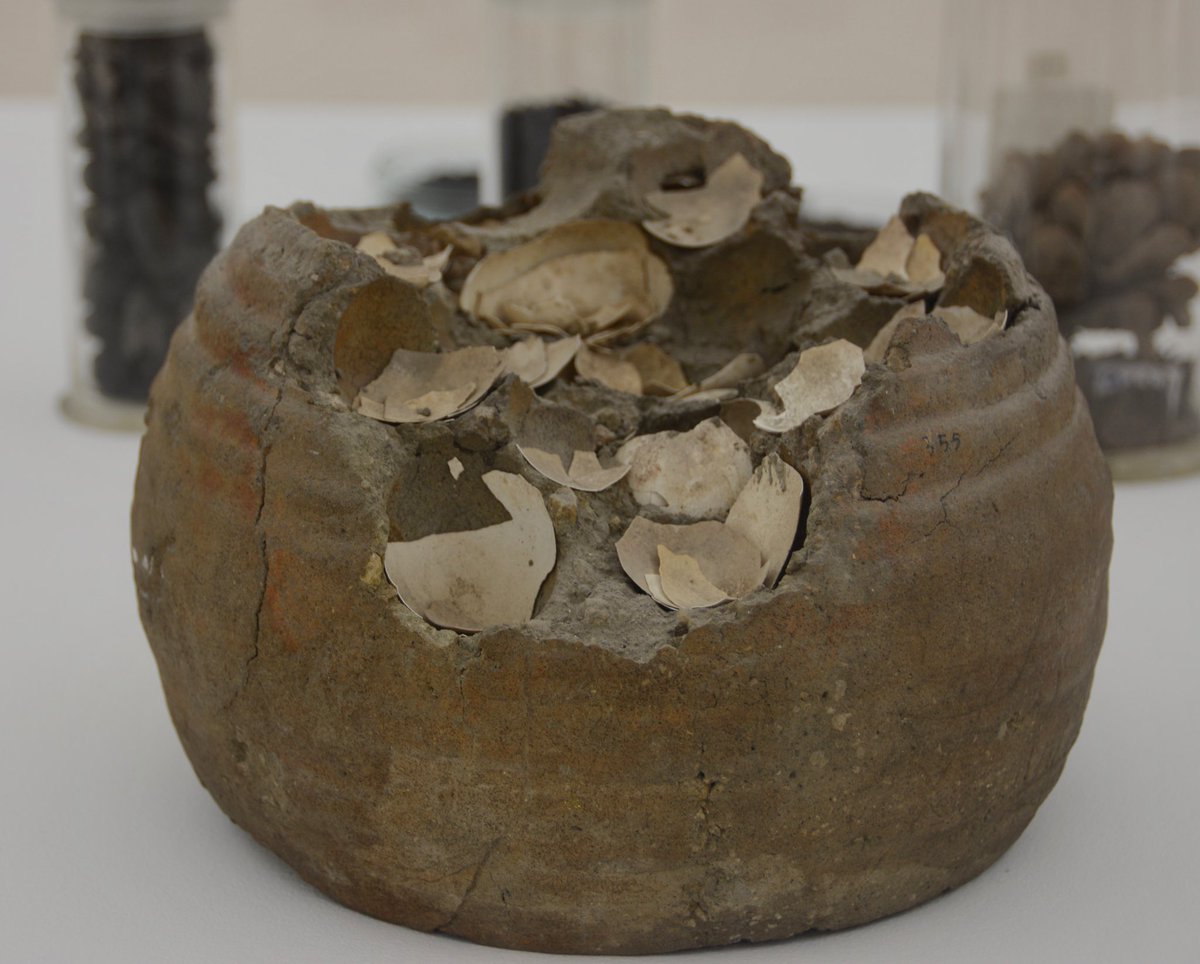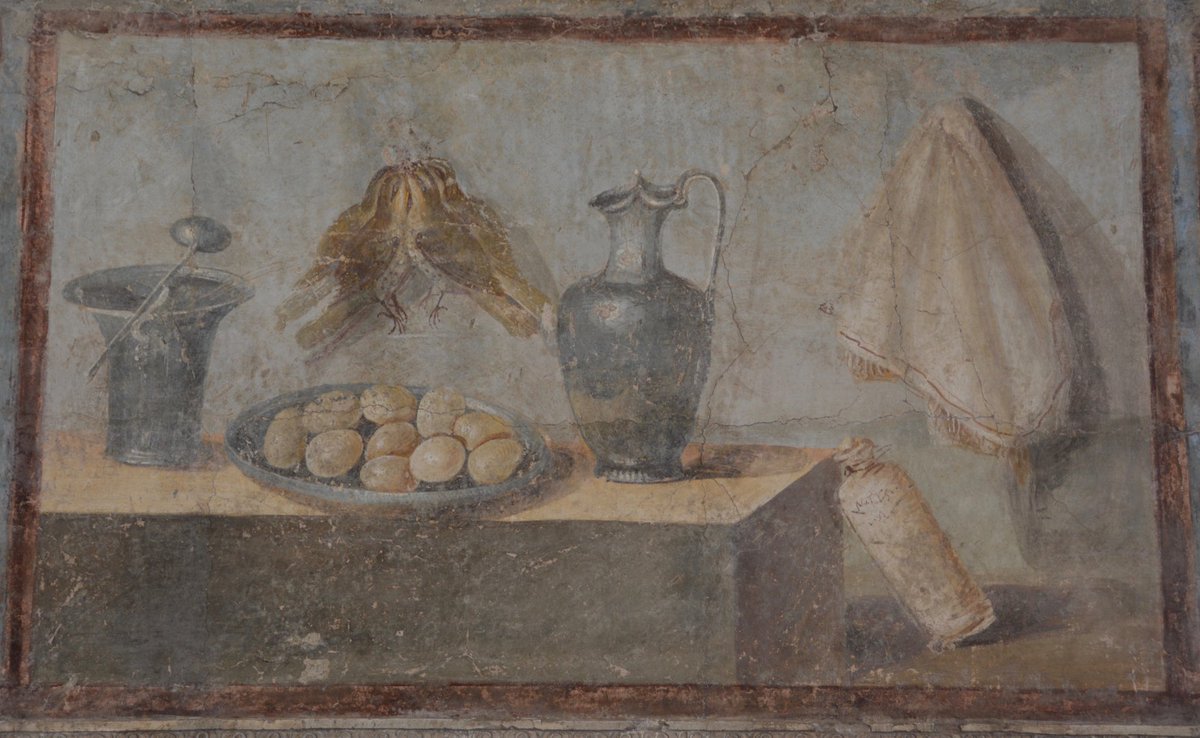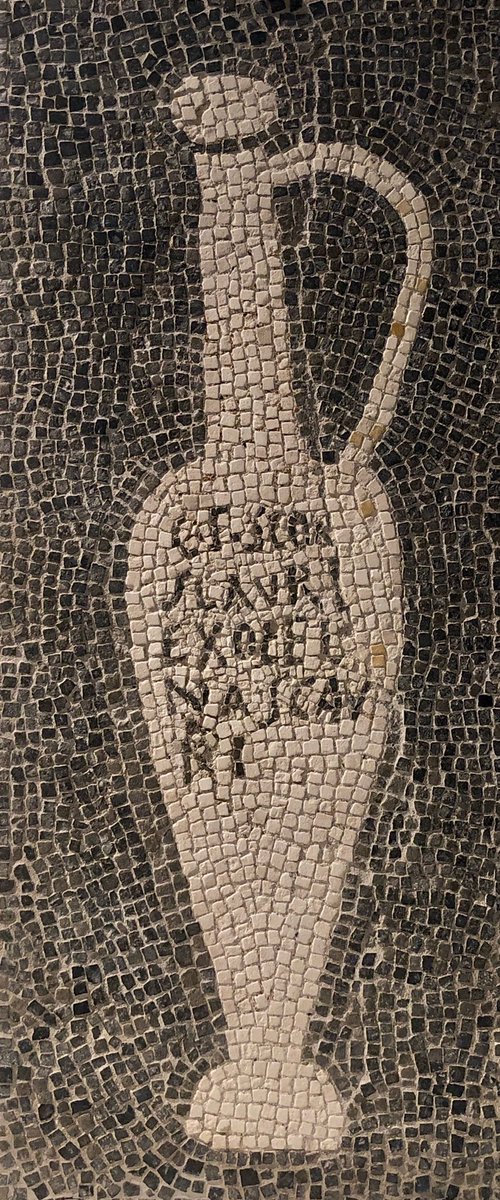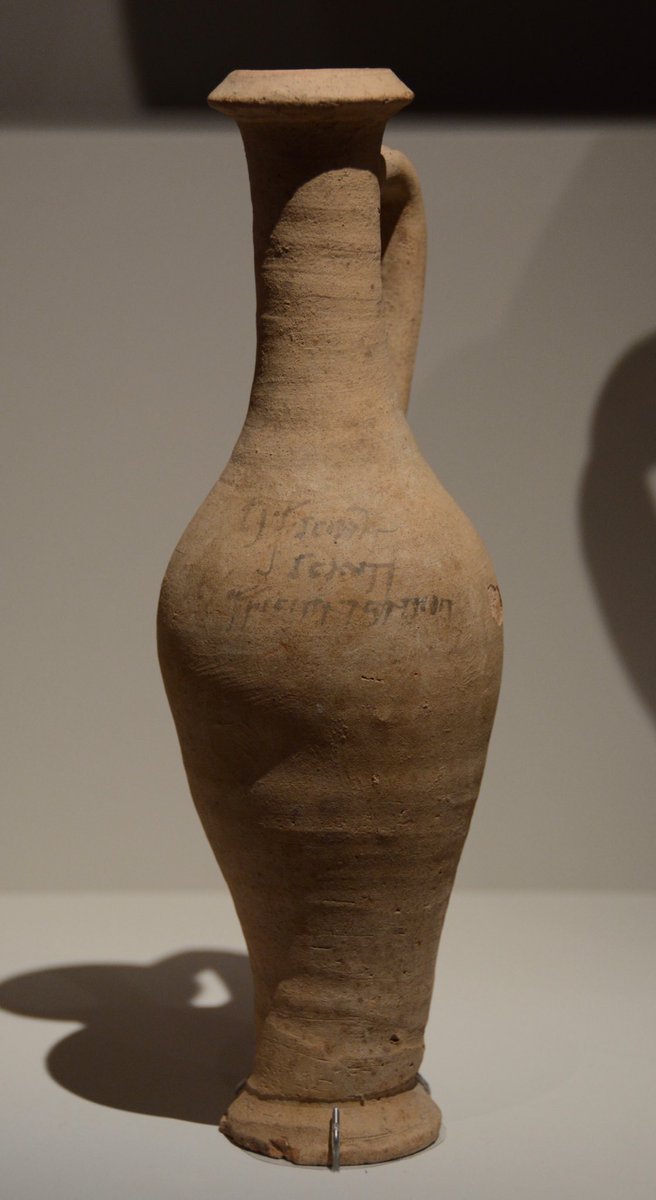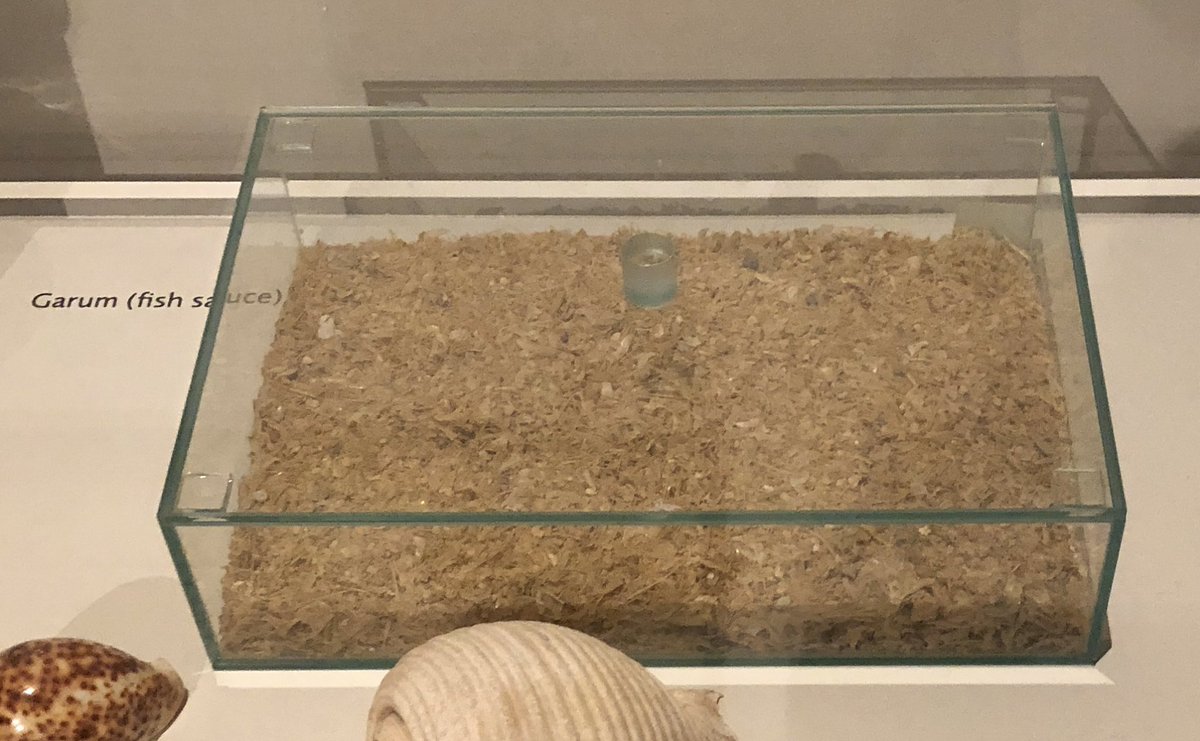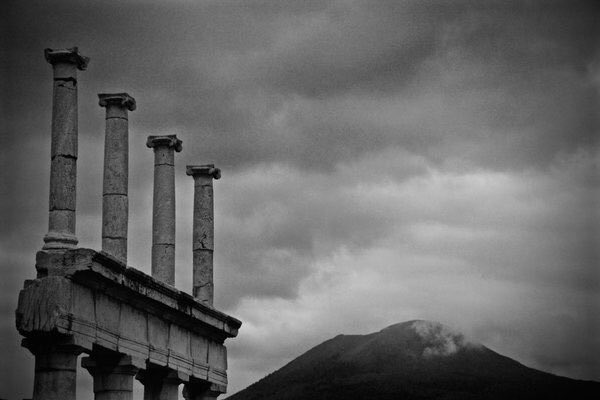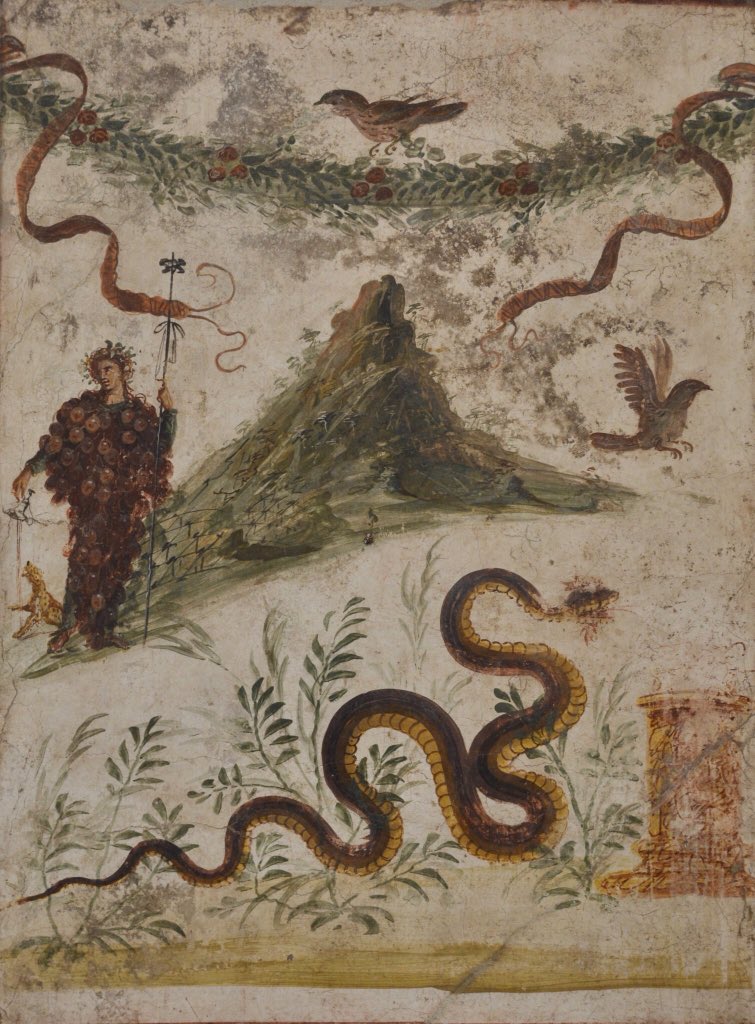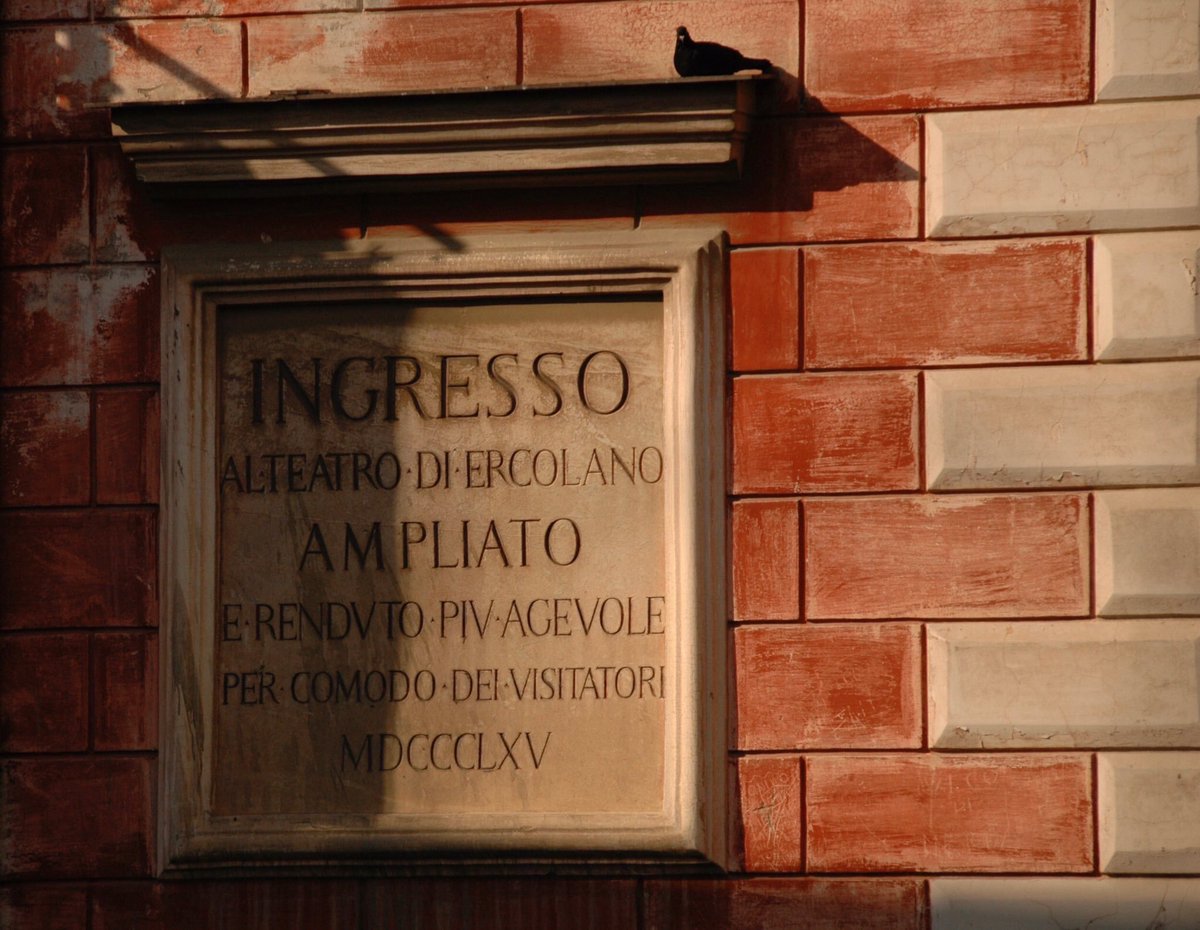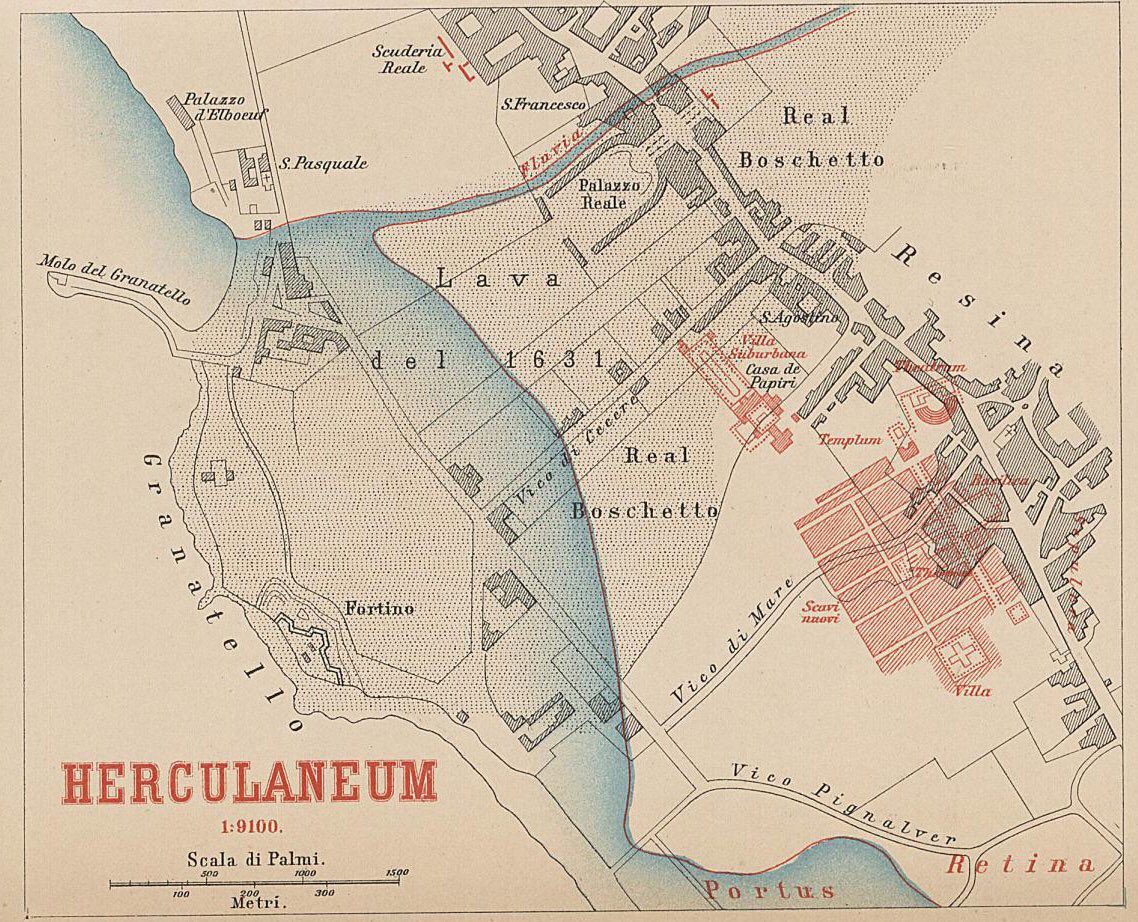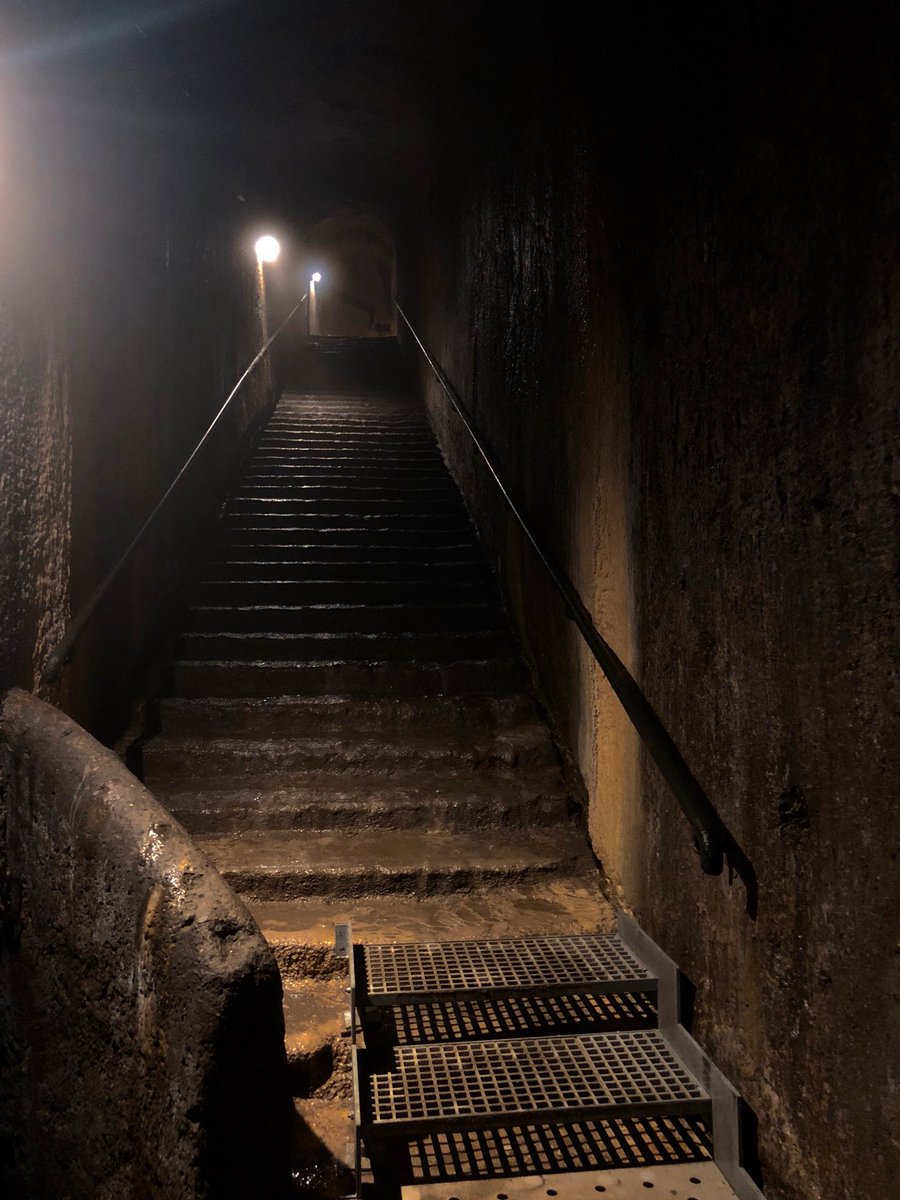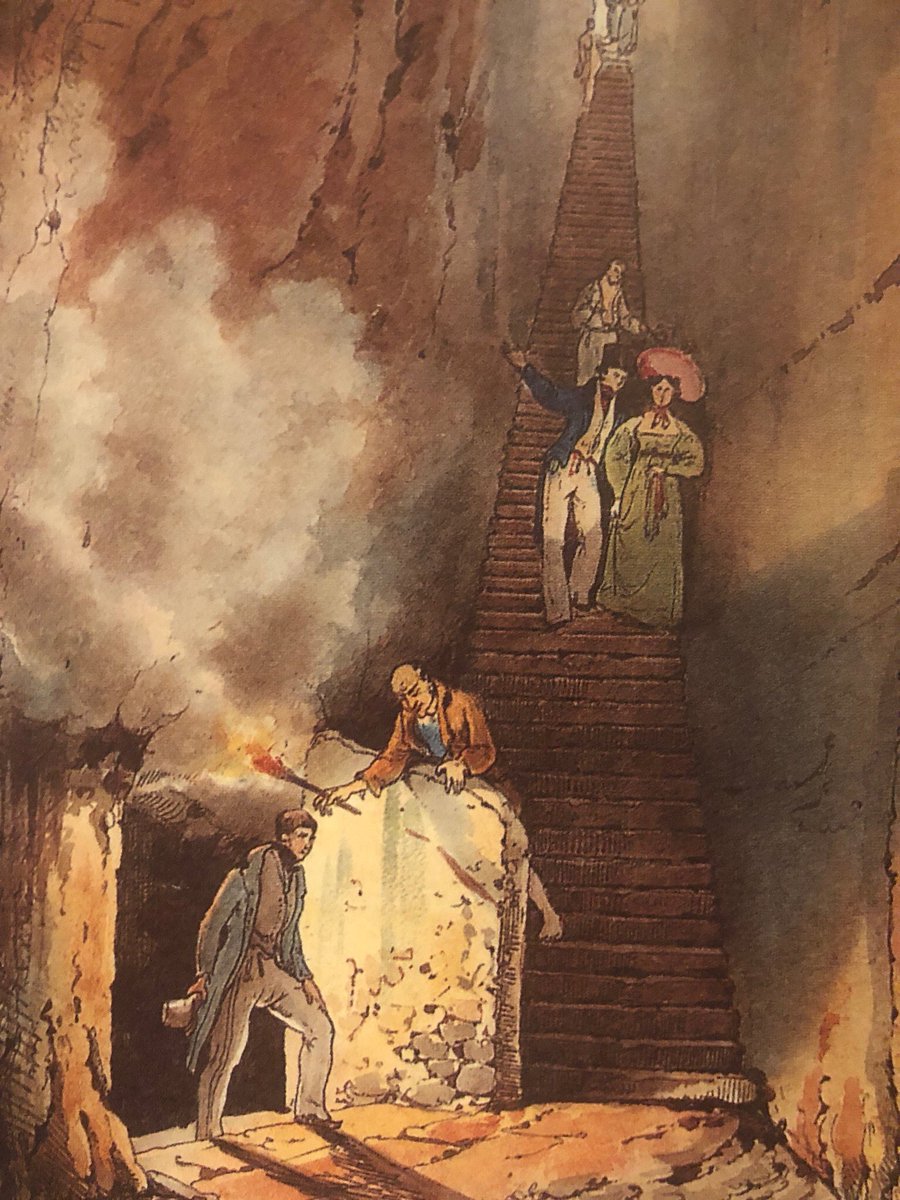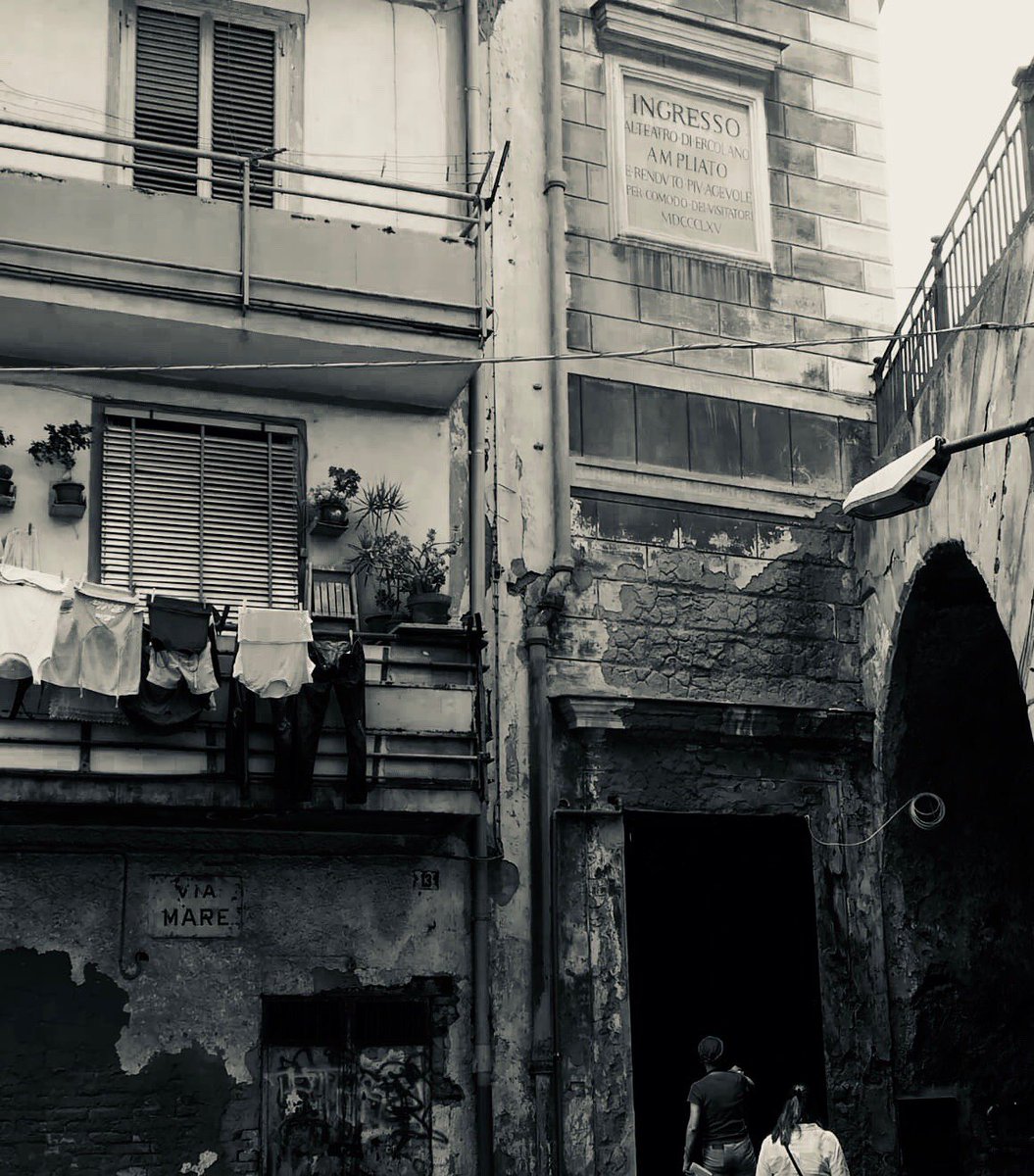
A really lovely series of short films dealing with various aspects of #Pompeii featuring a lot of unseen footage from the new excavations in Region V.
In French but the images speak volumes.
Courtesy of @Inrap_ActuGE & via @rogueclassicist
inrap.fr/mediatheque/re…
In French but the images speak volumes.
Courtesy of @Inrap_ActuGE & via @rogueclassicist
inrap.fr/mediatheque/re…
This fabulous documentary explores the recent excavations in Region V in #Pompeii. It really brings together our understanding of the individual finds but also of the neighbourhood. Brilliant and compelling viewing. @pompeii_sites @MassimoOsanna
https://twitter.com/pompei79/status/1261297557000650753?s=21https://t.co/iFeViWHjlh
Didn’t think I’d be adding to this thread for a while but thanks to @MassimoOsanna a fabulous and previously unseen fresco from Region V excavations in #Pompeii has been revealed: Ariadne being abandoned by Theseus on the shores of Naxos. Wow.
Images: instagram.com/p/CHvqzLopq3W/…



Images: instagram.com/p/CHvqzLopq3W/…




A close-up of that extraordinary decorative design...
https://twitter.com/pompei79/status/1036901192616628225
A fuller picture of the Ariadne and Theseus fresco that was found in 2018 but only revealed yesterday by @MassimoOsanna. Those decorative vertical motifs are even more exquisite in full.
And for further details on this read @tomkington’s article (behind a paywall) below.
And for further details on this read @tomkington’s article (behind a paywall) below.
https://twitter.com/tomkington/status/1329540539272884224

• • •
Missing some Tweet in this thread? You can try to
force a refresh

